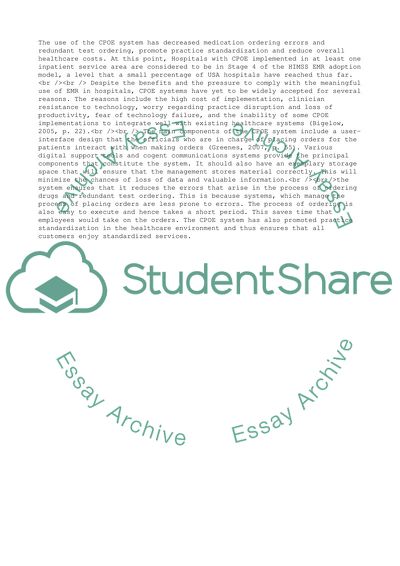Cite this document
(Changes in Organizational Culture: Computerized Provider Order Entry Term Paper, n.d.)
Changes in Organizational Culture: Computerized Provider Order Entry Term Paper. Retrieved from https://studentshare.org/management/1597445-changes-in-organizational-culture-cpoe-at-emory-health-care
Changes in Organizational Culture: Computerized Provider Order Entry Term Paper. Retrieved from https://studentshare.org/management/1597445-changes-in-organizational-culture-cpoe-at-emory-health-care
(Changes in Organizational Culture: Computerized Provider Order Entry Term Paper)
Changes in Organizational Culture: Computerized Provider Order Entry Term Paper. https://studentshare.org/management/1597445-changes-in-organizational-culture-cpoe-at-emory-health-care.
Changes in Organizational Culture: Computerized Provider Order Entry Term Paper. https://studentshare.org/management/1597445-changes-in-organizational-culture-cpoe-at-emory-health-care.
“Changes in Organizational Culture: Computerized Provider Order Entry Term Paper”. https://studentshare.org/management/1597445-changes-in-organizational-culture-cpoe-at-emory-health-care.


